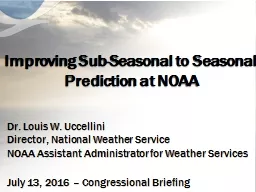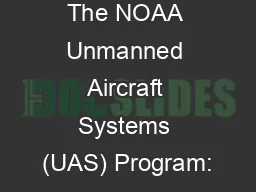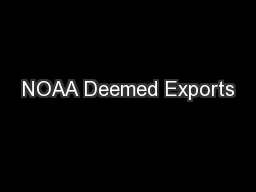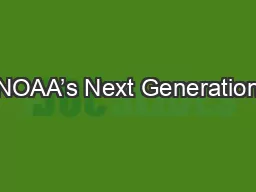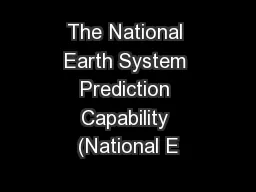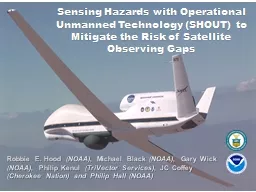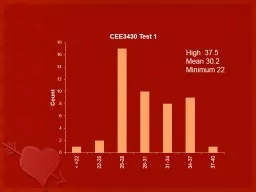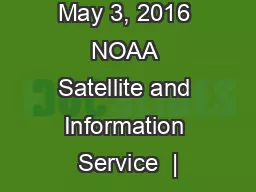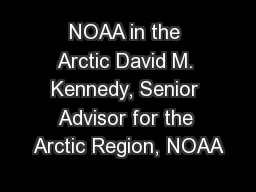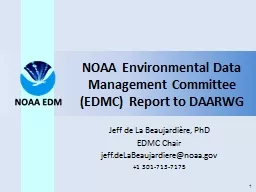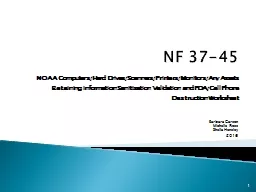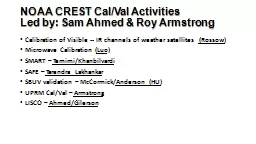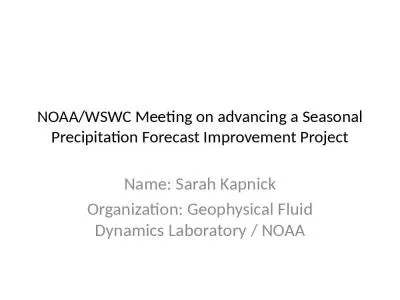PPT-Improving Sub-Seasonal to Seasonal Prediction at NOAA
Author : aaron | Published Date : 2017-06-01
Dr Louis W Uccellini Director National Weather Service NOAA Assistant Administrator for Weather Services July 13 2016 Congressional Briefing Value of Weekly
Presentation Embed Code
Download Presentation
Download Presentation The PPT/PDF document "Improving Sub-Seasonal to Seasonal Predi..." is the property of its rightful owner. Permission is granted to download and print the materials on this website for personal, non-commercial use only, and to display it on your personal computer provided you do not modify the materials and that you retain all copyright notices contained in the materials. By downloading content from our website, you accept the terms of this agreement.
Improving Sub-Seasonal to Seasonal Prediction at NOAA: Transcript
Download Rules Of Document
"Improving Sub-Seasonal to Seasonal Prediction at NOAA"The content belongs to its owner. You may download and print it for personal use, without modification, and keep all copyright notices. By downloading, you agree to these terms.
Related Documents

